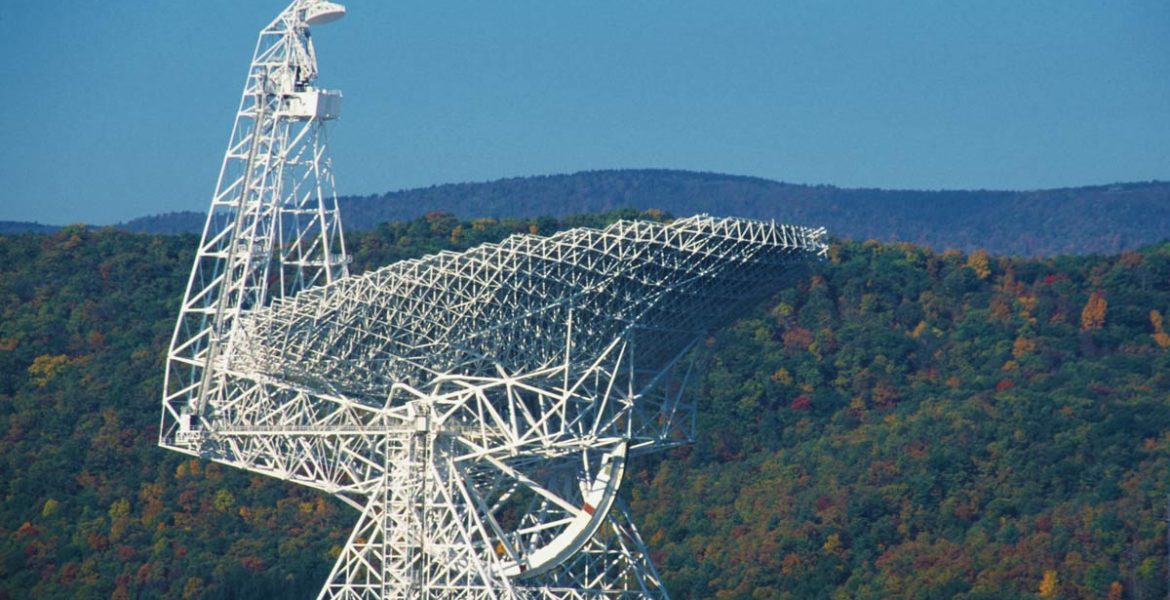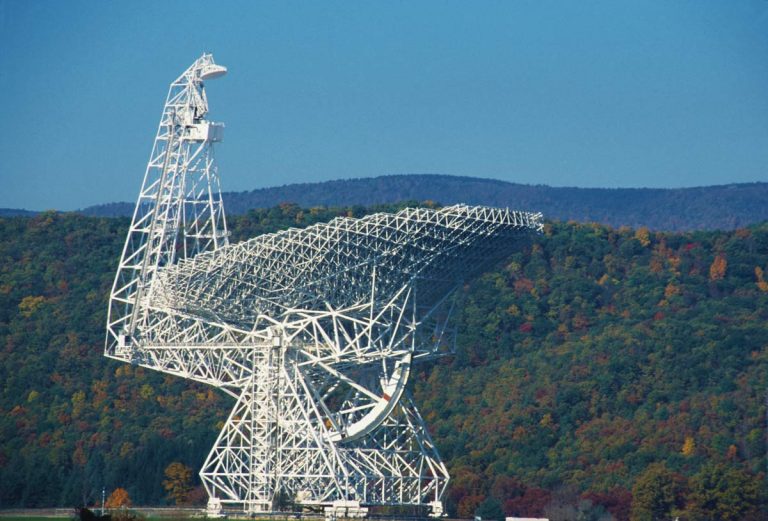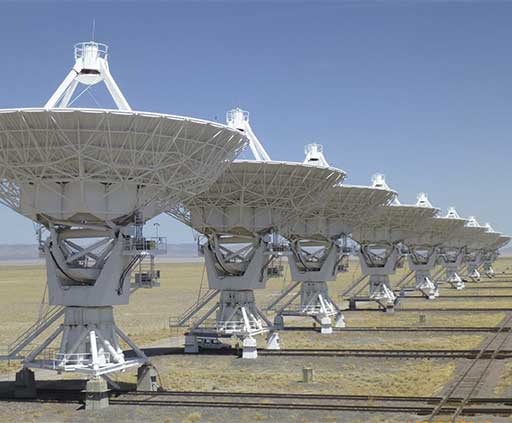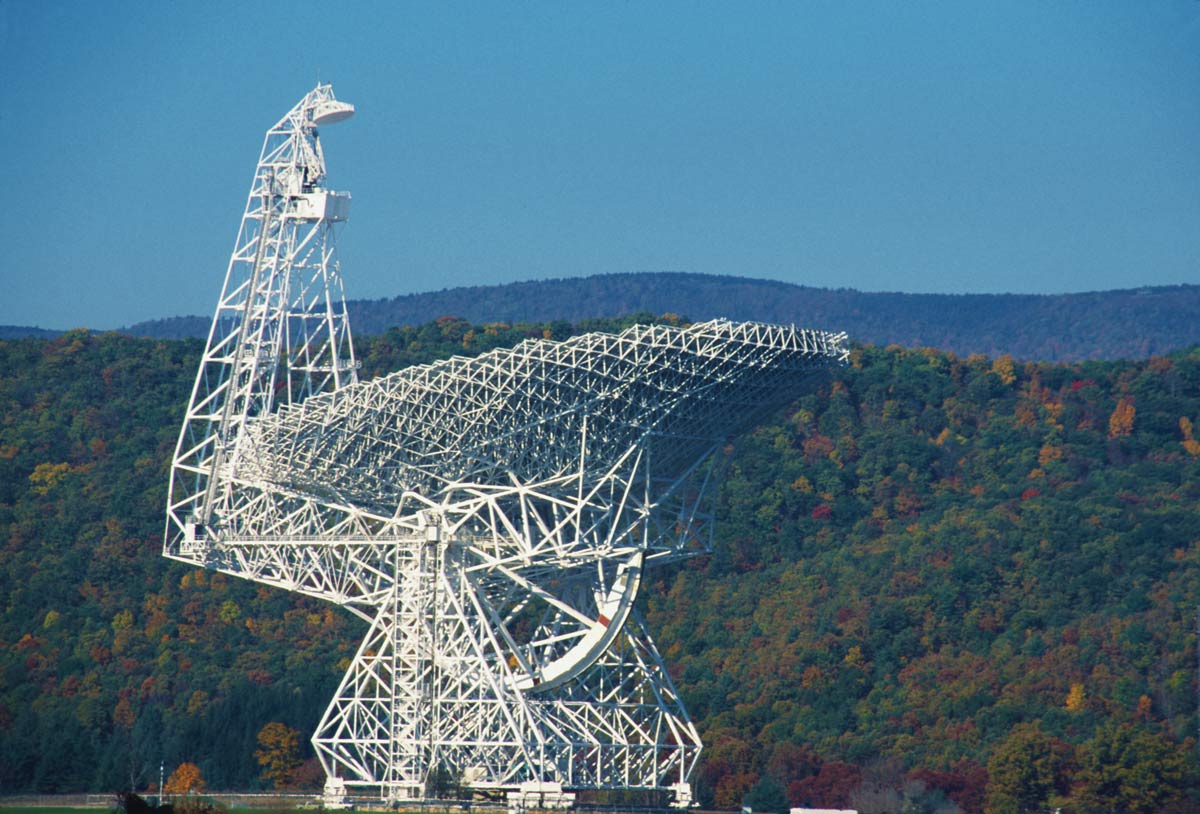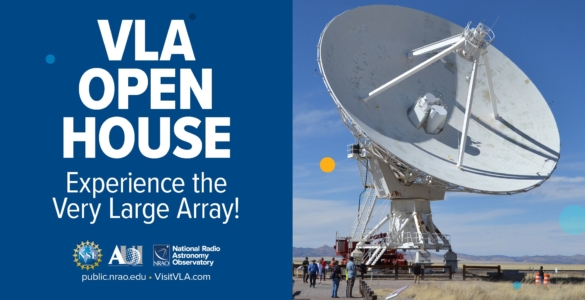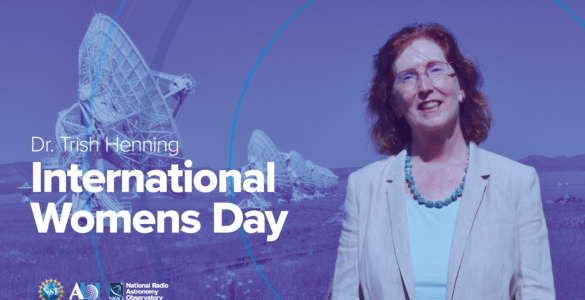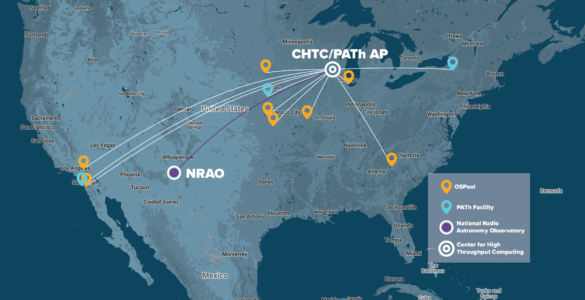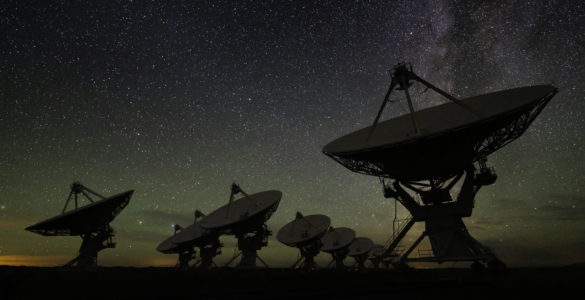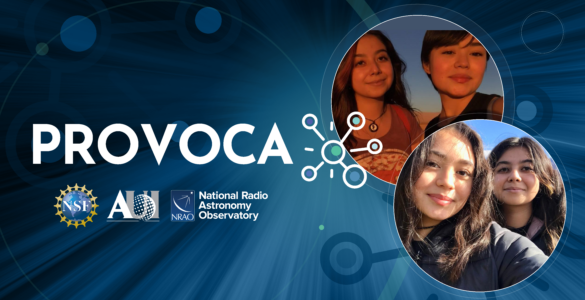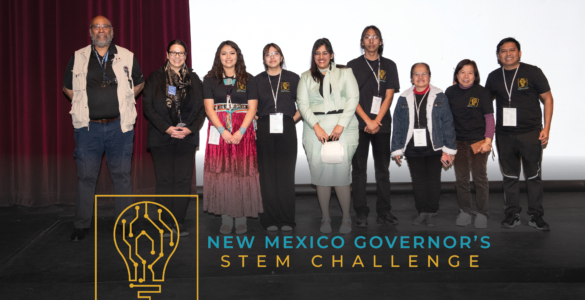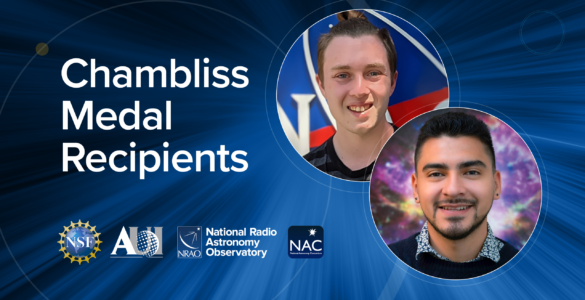On August 23 and 25, the National Radio Astronomy Observatory (NRAO), a research facility of the National Science Foundation (NSF), will host a pair of events highlighting the past and future of radio astronomy. In Socorro, New Mexico, the observatory will celebrate the 20th anniversary of its famed Very Large Array (VLA), and in Green Bank, West Virginia, officials will formally dedicate the new Green Bank Telescope (GBT), the world’s largest fully-steerable dish antenna.
The New Mexico event, on Aug. 23, will mark 20 years of scientific achievement by the VLA, the world’s most flexible and widely-used radio telescope. U.S. Senator Pete Domenici, R-NM, and NSF Director Dr. Rita Colwell will join officials of the observatory and of Associated Universities, Inc. (AUI), which operates the observatory for the NSF, to celebrate the anniversary.
Two days later, on Aug. 25, U.S. Senator Robert Byrd, D-WV, will join Colwell and officials of NRAO and AUI to dedicate the NSF’s newest tool for studying the universe — the giant, 16-million-pound GBT. With a collecting dish covering more than two acres, the GBT will become one of astronomy’s primary tools for exploring the distant universe.
“These two events mark an important week of celebration for us,” said Dr. Paul Vanden Bout, NRAO’s Director. “As we look back over 20 years of landmark discoveries by the VLA, we also look forward to the exciting discoveries to be made by both the GBT and the VLA, which, in expanded form, will become an even more valuable tool for research than it is today.”
The GBT is uniquely designed to detect extremely faint radio emissions from the distant universe. Unlike most other radio telescopes, its entire surface area is unblocked by auxiliary structures, and a laser-ranging system will feed information to computers commanding actuators that will constantly adjust the telescope’s aluminum reflecting panels to optimize its efficiency. Scientists will use the GBT to study distant galaxies in the early universe, the chemical composition of gas within galaxies, the birth processes of stars and the nature of pulsars. In conjunction with other instruments, the GBT will be used for radar mapping studies of planets and moons within the Solar System.
The VLA has been used by more than 2200 researchers and has made important discoveries in nearly every astronomical specialty, from studies of the Sun and planets within the Solar System to young galaxies and quasars billions of light-years away. Constructed in the 1970s, the VLA now is limited in its capabilities by some of its original technologies. The NRAO has prepared an expansion program that will replace the VLA’s aging technology with modern equipment and increase its scientific capabilities tenfold. The Expanded VLA will allow scientists to tackle important outstanding questions such as the formation processes of stars and planets; the nature of black holes and the phenomena surrounding them; and the nature of the early universe.
The National Radio Astronomy Observatory is a facility of the National Science Foundation, operated under cooperative agreement by Associated Universities, Inc.


